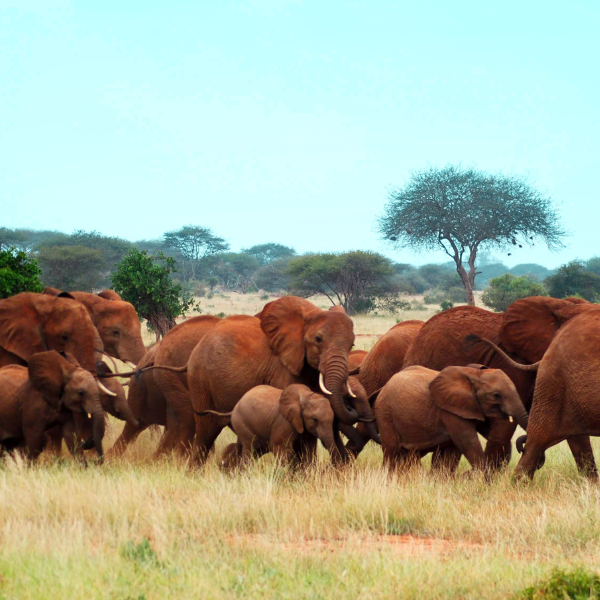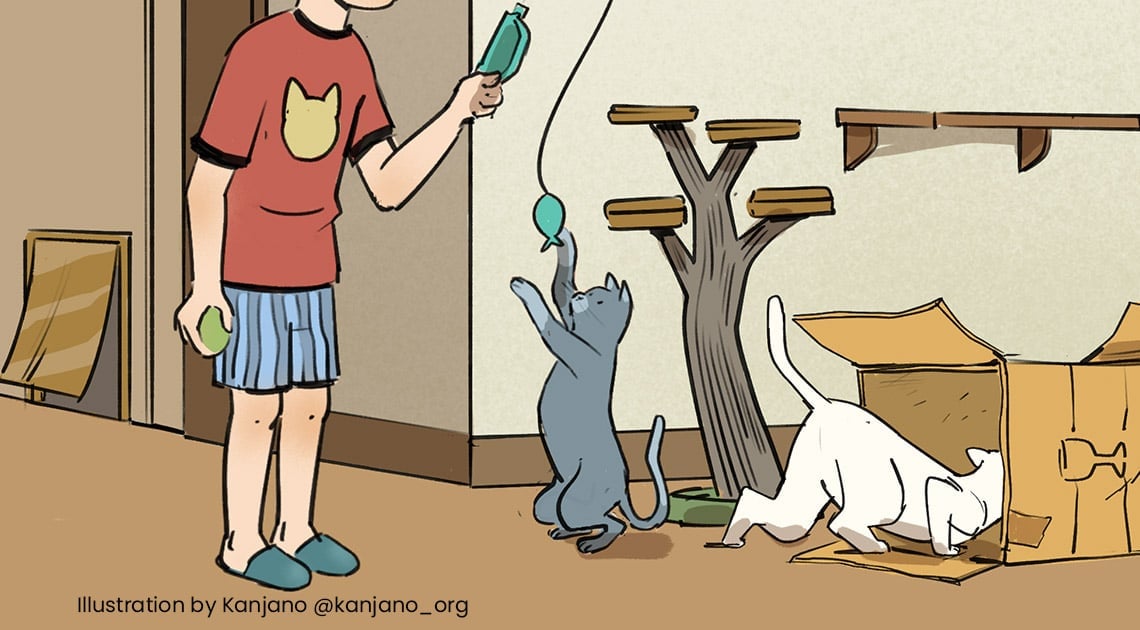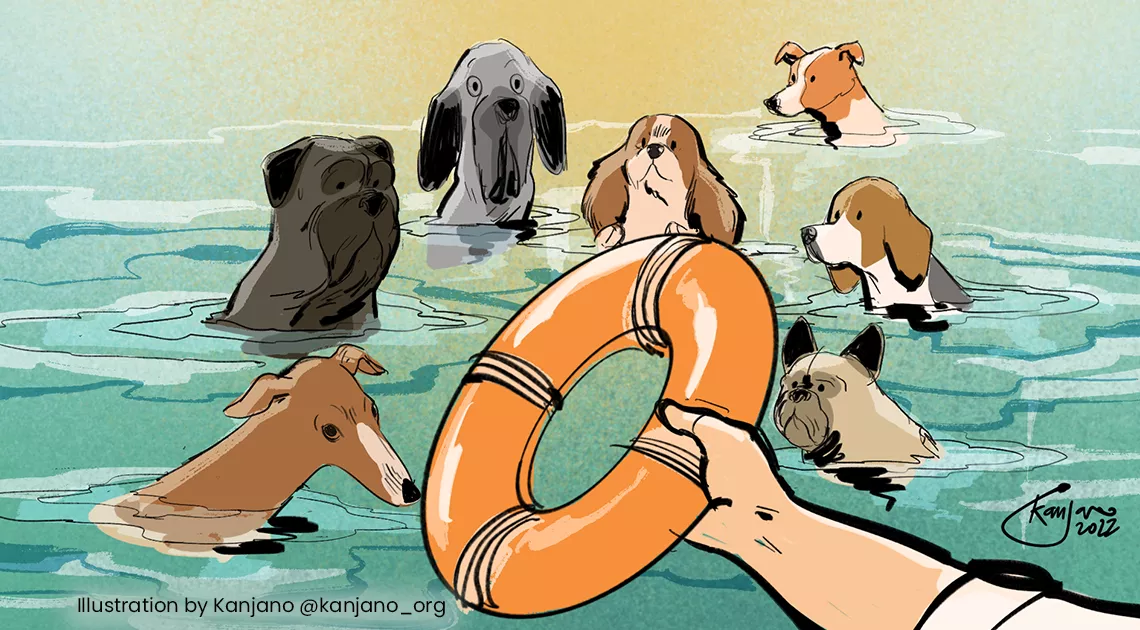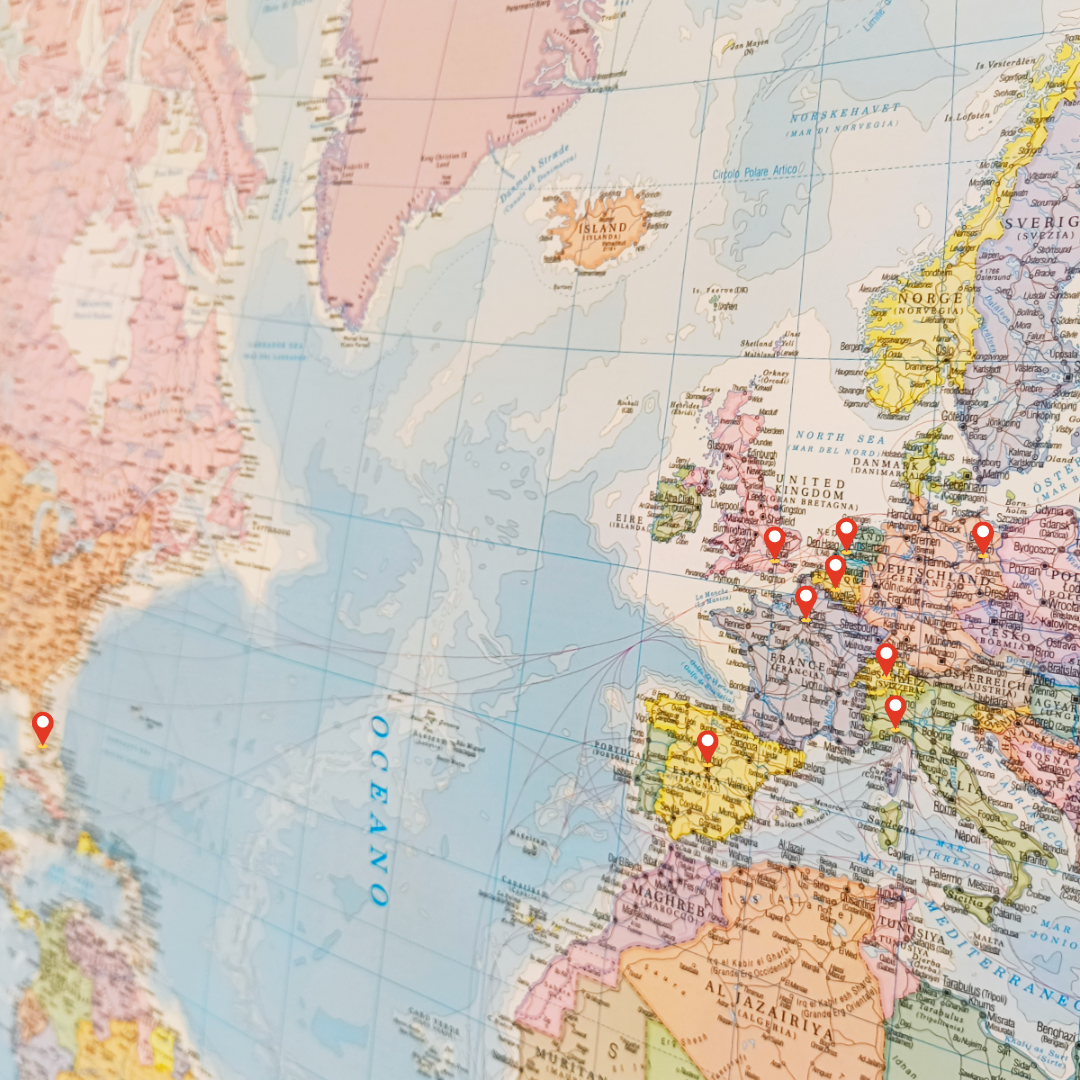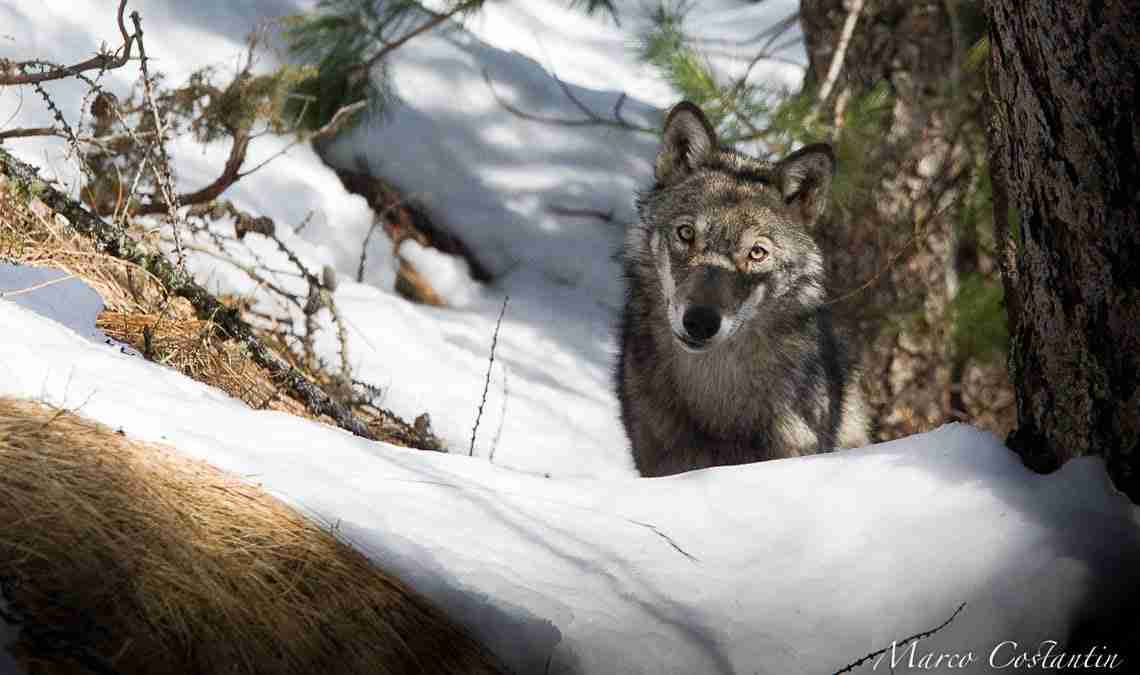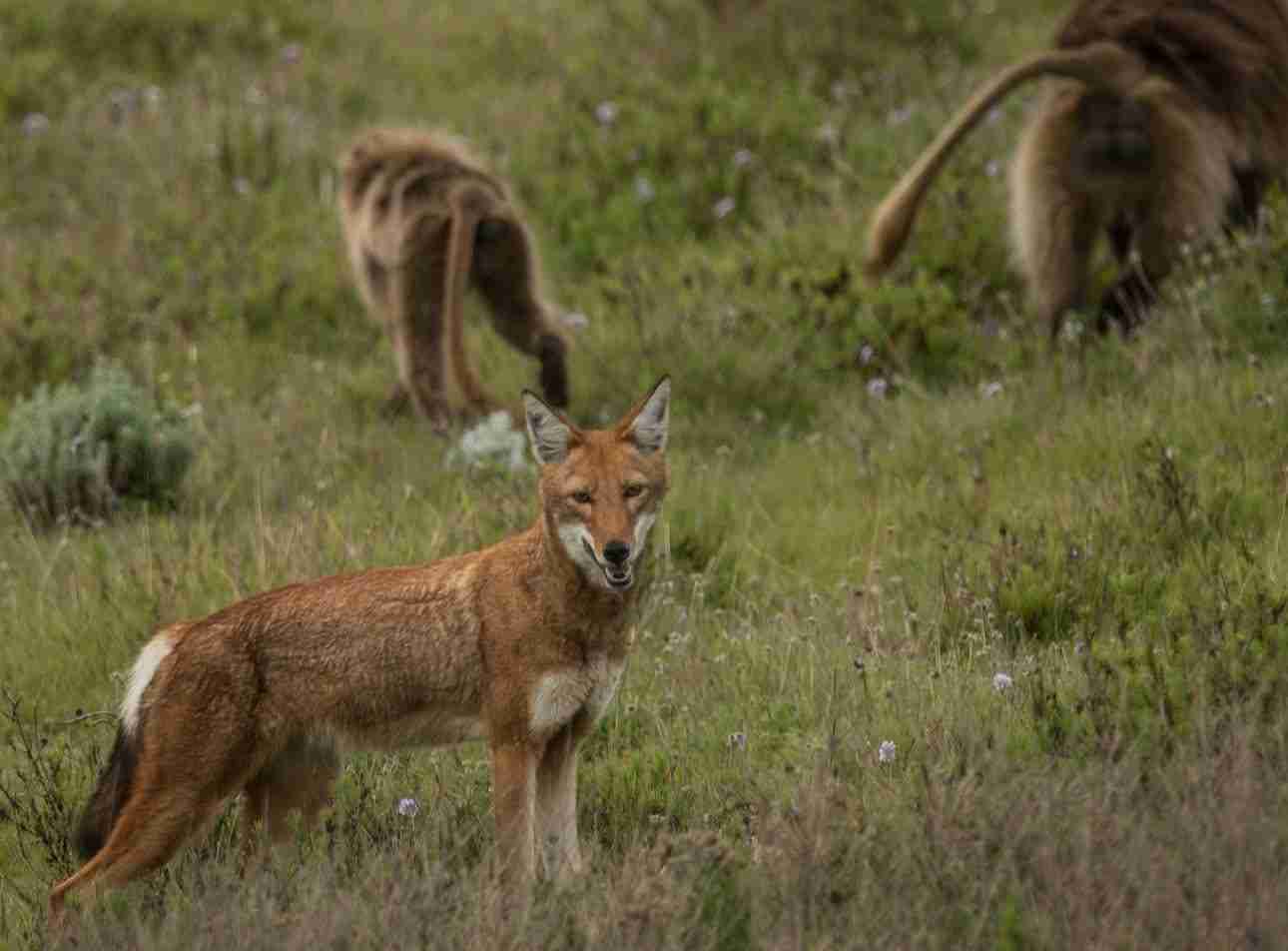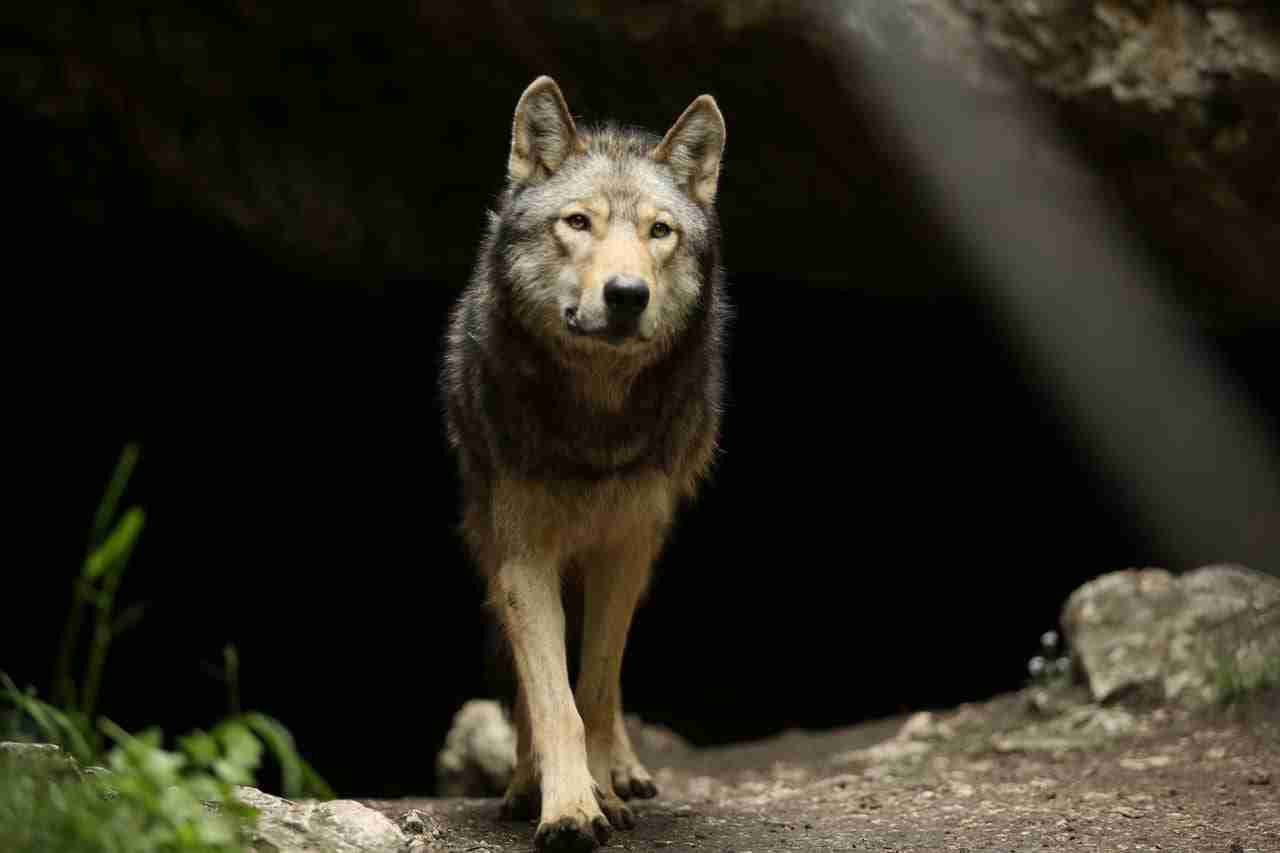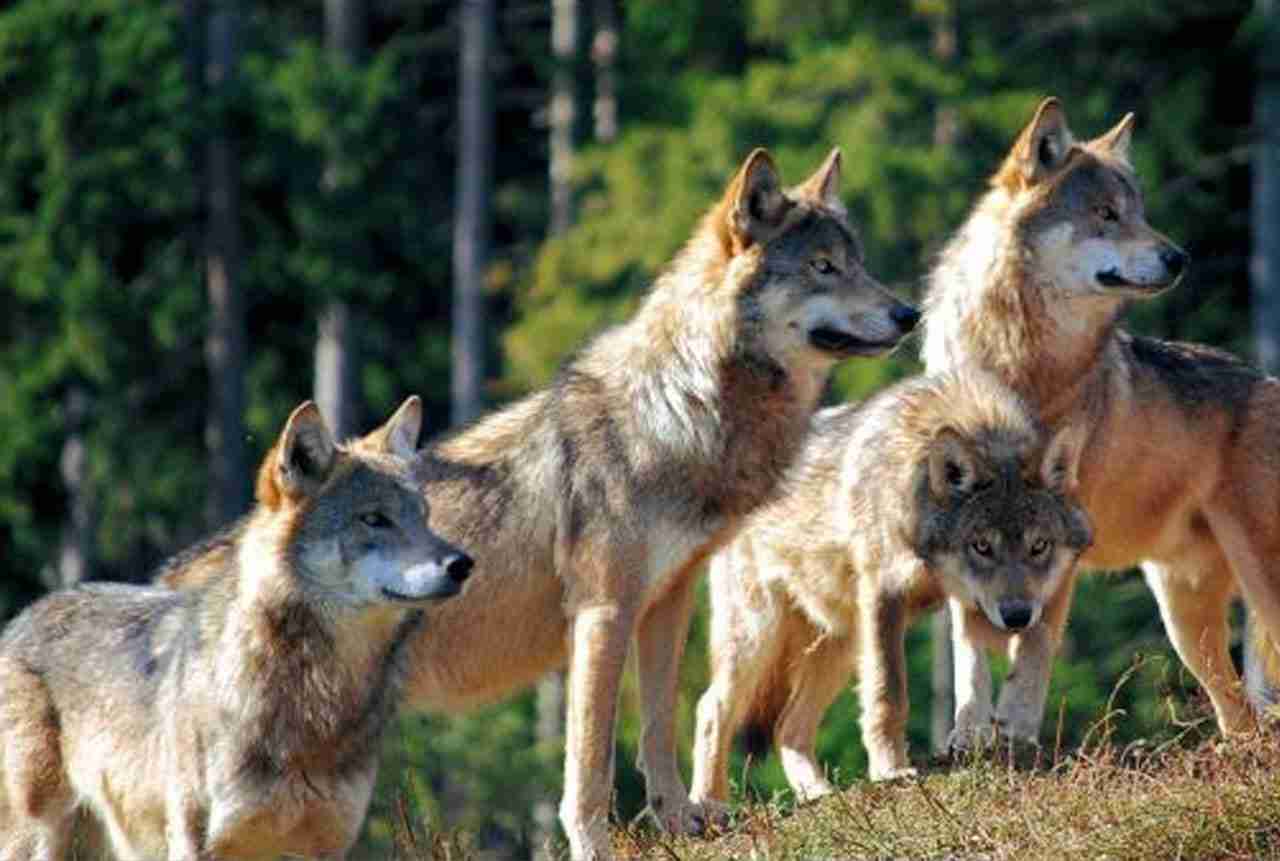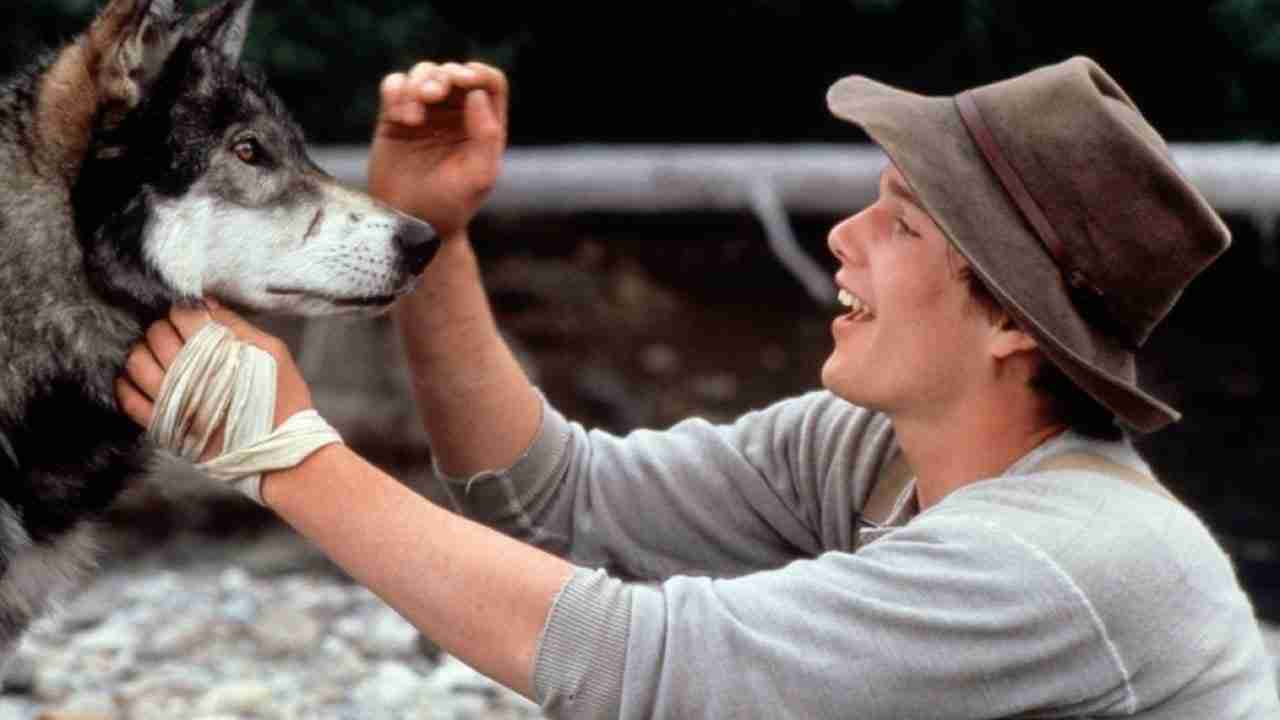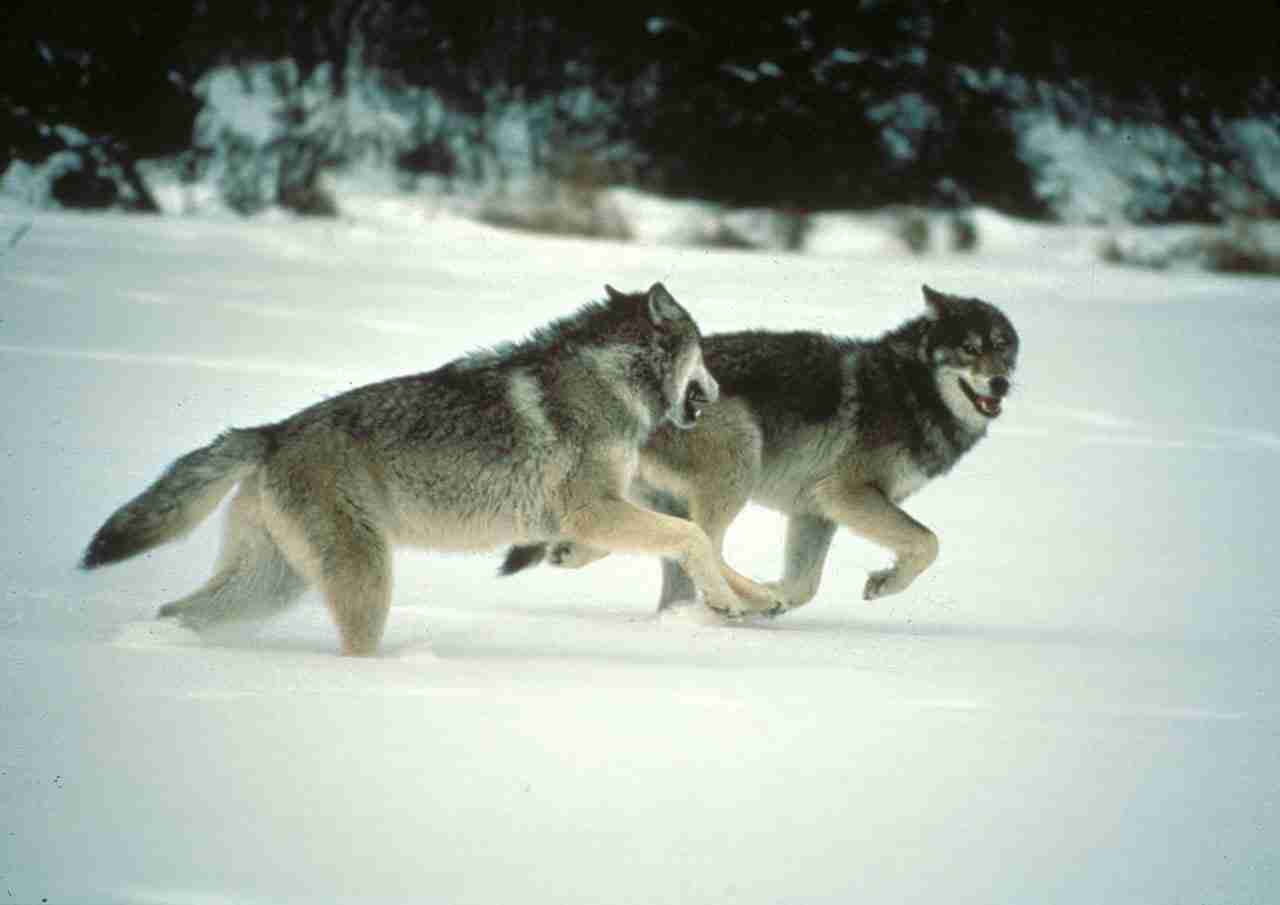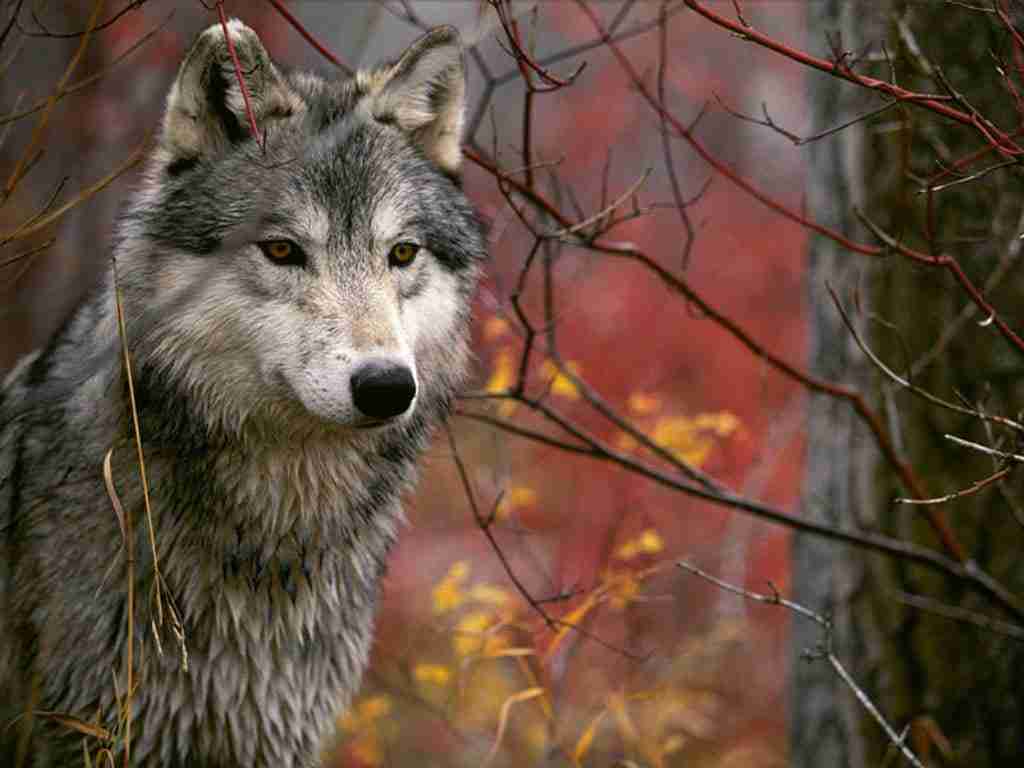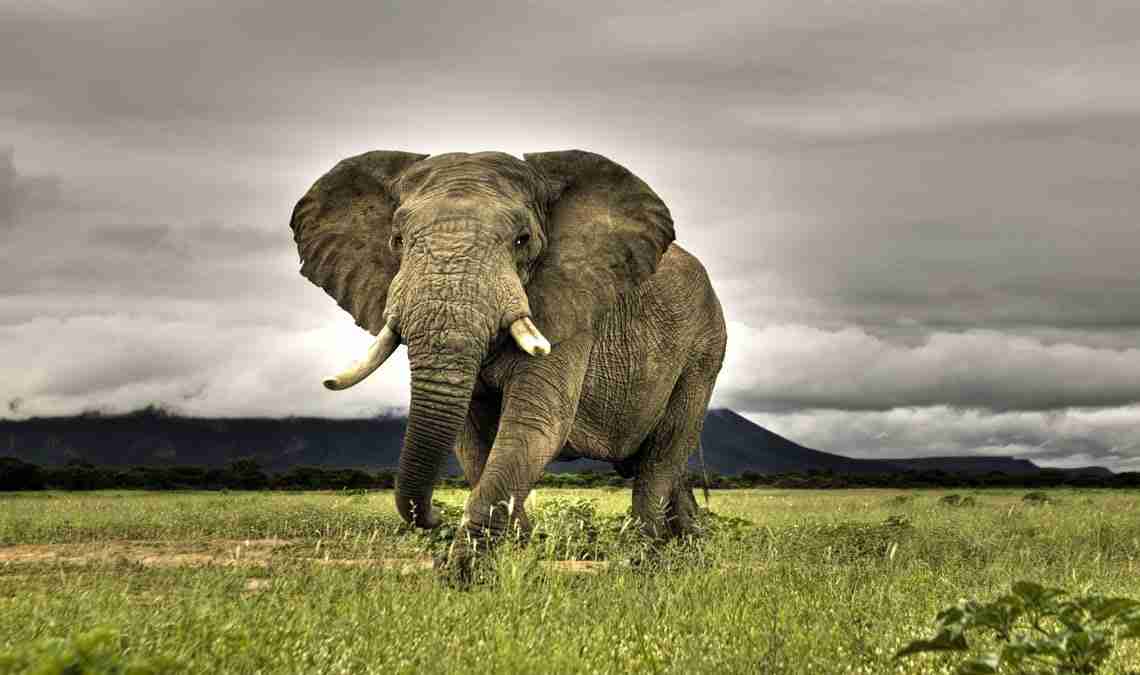History of a return: the Apennine wolf
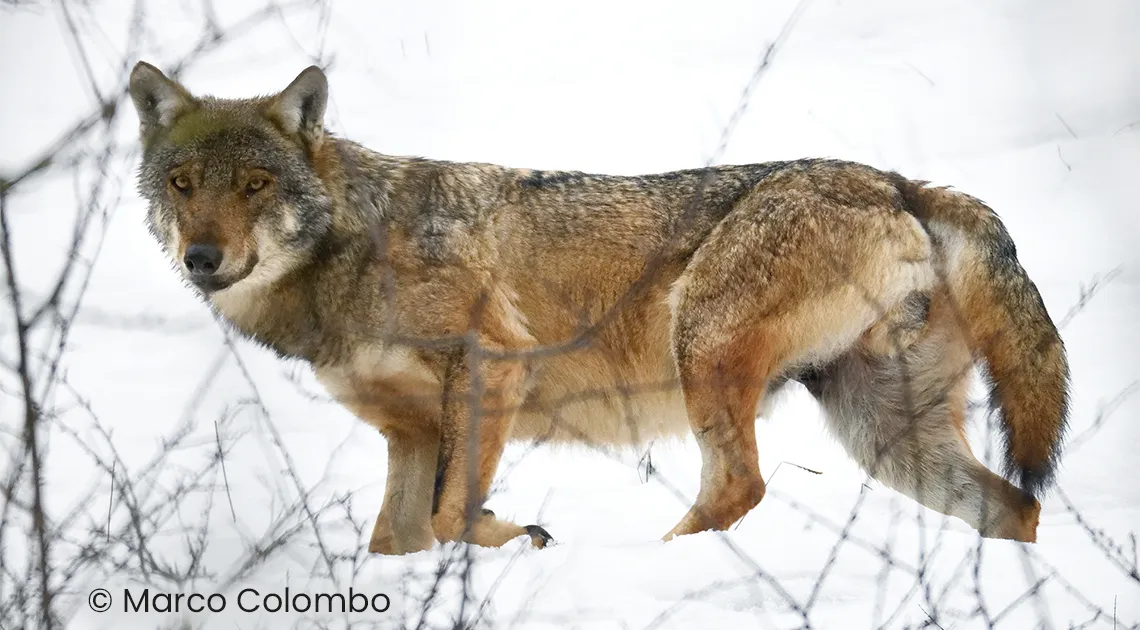
Article & Photo
by Marco Colombo
Naturalist, photographer and science communicator
We hear and read many things, about wolves: they have been reported, they have been placed, those that roam are now larger than they were originally, having crossed with the Siberians...
Some of these natural phenomena are so extraordinary they seem inexplicable, and therefore invite us along a path of conspiracy theories and easier solutions.
In fact, the recent history of the Apennine wolf (Canis lupus italicus) intersects closely with human history: that is why it is both an interesting and remarkable creature!
Until about the 1970s, the wolf in Italy was included in the list of harmful species: shot on sight and eliminated by every possible means even by the authorities; it was seen as a bitter enemy to be eradicated.
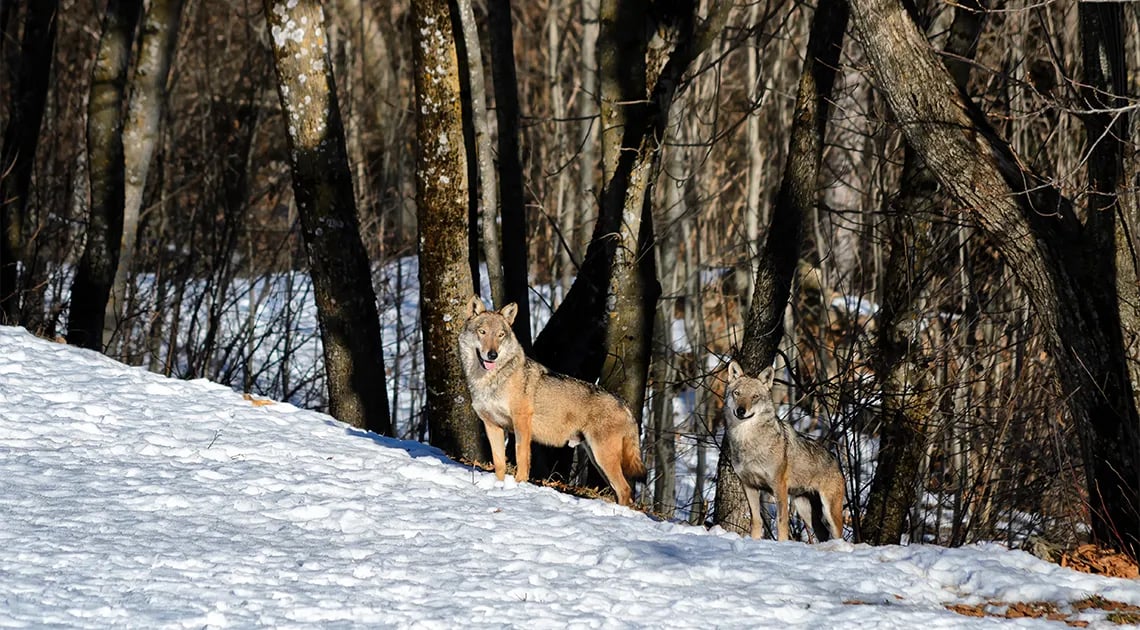
This persecution brought the wolf’s range to a drastic bottleneck: from its once distribution throughout the peninsula, the population tapered out.
Some estimates made at the time indicated a hundred individuals, perhaps something more, scattered between the area of Mount Amiata (in Tuscany), the Abruzzo Apennines and Calabria.
Around Europe however, the wolf (Canis lupus) has been present for about 406 thousand years at least: this is the surprising result of analyses made on the oldest fossil skull ever found in the continent, ascribable to the Pleistocene and recovered in the area of Rome.
The great forests of the eastern states, such as Romania, and those of the north, in the Scandinavian peninsula, have continuously hosted good populations of the great carnivore, even if lately there have been conservation problems there too, because of a large amount of hunting. Fortunately, some research has shown that inbreeding between the remaining individuals (problematic due to consanguinity) is not a very big problem for the wolf, seeing as only one new individual arriving from outside the considered range is sufficient to generate a good genetic diversity in the descendants.

In the Balkans, the wolf finds refuge within the immense expanses of the Dinaric beech forests, despite the fact that even here its persecution has had no respite, even with poisonous bait . Going west, the Iberian wolf (Canis lupus signatus), characterized by a very dark band on its legs and a rather marked face mask, lost much of its habitat due to human expansion, but thankfully has recently gone through an expansion and there has been a stop to hunting (prohibited in Spain only in 2021).
Returning to the Apennine wolf, several species with a similar history have been condemned to extinction around the world without ifs and buts.
Yet, a series of socio-economic change has instead allowed our predator to return to its former glory.
First of all, a general change of view, promoted by the WWF with Operation San Francesco: the wolf became protected. But unfortunately, as we know, in this day and age, poaching, does not stop with a law, and therefore there are other factors that contributed largely to this portentous expansion and which brought the wolf back from those small stronghold areas; already in 1992 up to the Mercantour National Park, then on most of the Alps and, currently, in every peninsular region. The fate of the Sicilian wolf (Canis lupus cristaldii) has been less positive: morphologically different, and condemned to a greater ease of extermination by its condition of isolation.
Among the reasons for the return of the wolf to the peninsula, however, there are processes that go beyond a naturalistic scope.
Man's abandonment of the mountains, for example, has depopulated entire areas, allowing the return of wider and habitable wild areas for the predator.
Since the 1950s, in fact, the mechanization of agriculture, with more abundant and cheap production, as well as the recall of the secondary sector in the cities, has favoured a kind of human "migration" towards the plain: observing some ISTAT maps, it is easy to see how, between 1951 and 2001, the majority of Alpine municipalities, for example, had a decline in population.
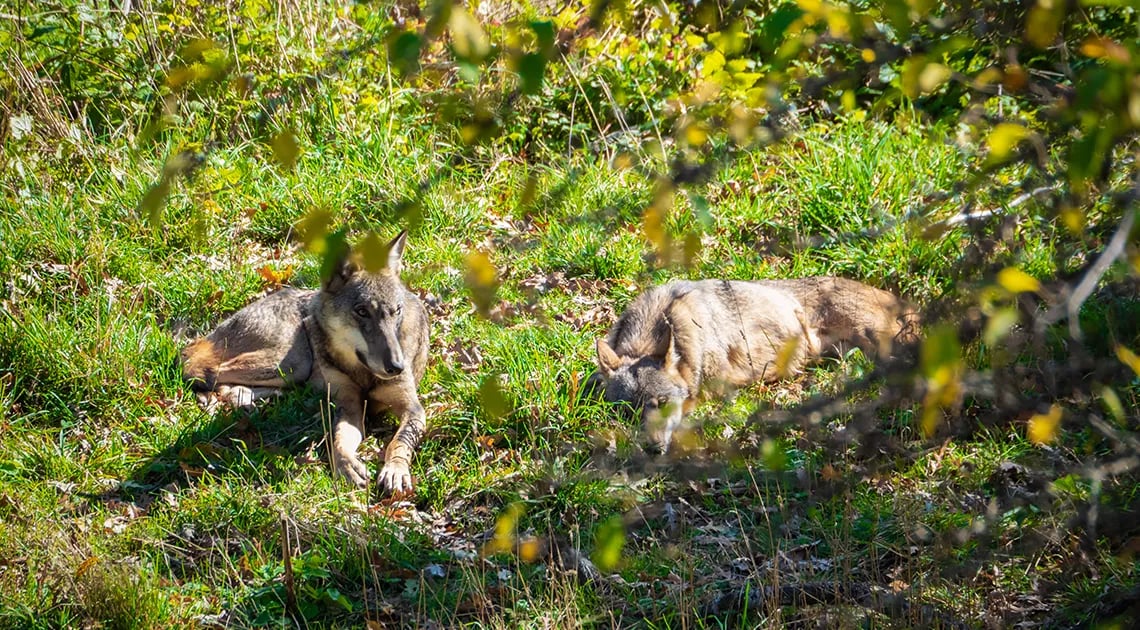
The disappearance of human mountain activities (a problem for several other species, such as spontaneous orchids) then led to a lesser management of the forest: less wood required, less pastures to open for livestock. The result? An incredible increase in forest coverage, which currently stands at around 60%.
And I am not only talking of expansion (currently, unfortunately, often also linked to invasive species such as the locust tree, the red oak and late cherry), but also of forest maturation and aging, with larger, gnarled, and hollow trees.
A habitat therefore in strong evolution towards the final stage of its growth, which has not only favoured the wolf, but also other forest species, such as the black woodpecker and the marten.
And, obviously, ungulates, such as roe deer, deer and wild boar. Certainly the placing of these animals, both for hunting and, in some cases, for conservation, have contributed to their exponential increase in numbers, which for the wolf has meant only one thing: more available food.
The continuous growth of prey has therefore allowed the wolf to increase, both in terms of total numbers, and in terms of the components of their packs.
Which, however, are obviously not infinite: the maximum number recorded in Italy is around 13-14 animals in a single family unit, against more than 20 registered in North America (but often passed off as local to us with recycled photos and videos).

What do the excess individuals do? They disperse, and this is an additional key to the success of the wolf and its return.
In fact, this species is extremely adaptable, occupies virtually all habitats from sea level to the mountains, and is very plastic in behavioral strategies.
The wolves distanced from the pack, therefore, venture on a journey of hope, in search of their own territory and a companion.
It is an insidious journey full of dangers: in fact, they must not only avoid all the already settled packs (the penalty of this often being their killing, as the wolf is the first cause of natural death of the wolf itself), but also snares, poisoned bait, bullets and various traps.
The young wolves can wander like this for hundreds and hundreds of kilometers, on their four legs, and often feeding on prey that we would not imagine, like the nutria rodent, especially in the areas of flatland.
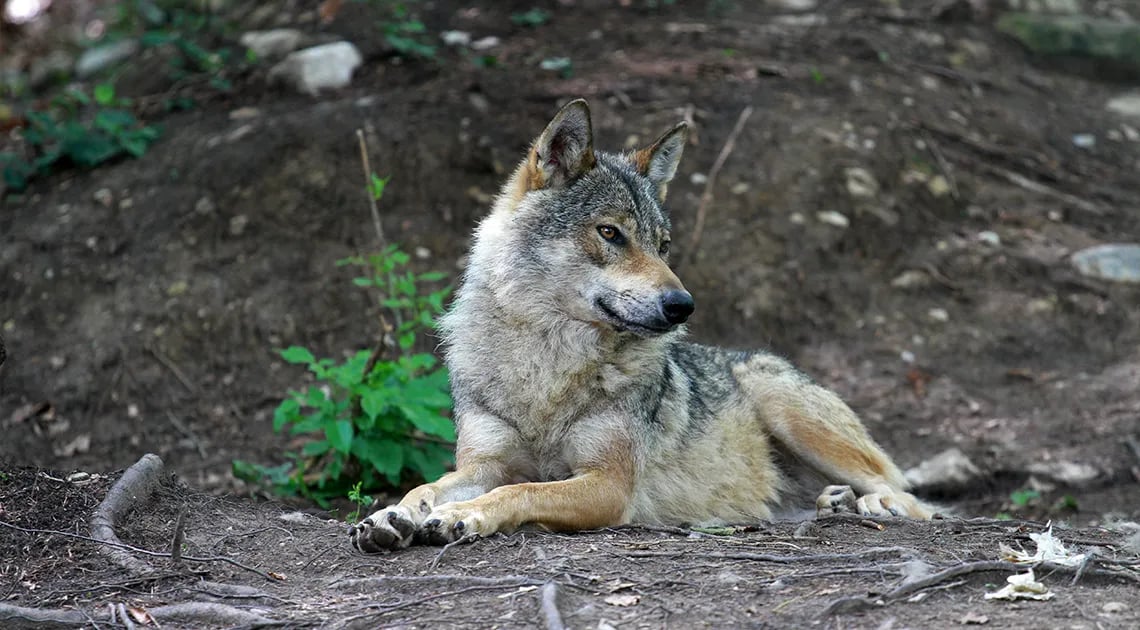
So when we say that the wolves of Abruzzo have recolonized the peninsula we do not mean that one day a wolf left from Aquila and arrived at Val d'Aosta, but that starting out from those areas, slowly but not too slowly, resident herds settled farther and farther until they reached their present situation. It is good to remember, however, that in north-eastern Italy many wolves arrive not only from the Apennines, but also from the Balkans, noted by the famous Slavc, which settled on the Lessini with his Juliet, but originally from Croatia.
In conclusion, therefore, the factors that have contributed to the spontaneous return of the Apennine wolf in most of Italy are: depopulation of the mountain and consequent increase in forest cover; placing or reintroduction of prey ungulates; protection policies; great adaptability and long range dispersion capacity.
A story that may seem incredible, but when you look at nature, incredible is the order of the day.


